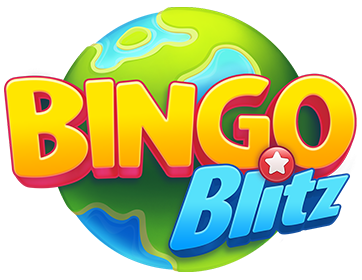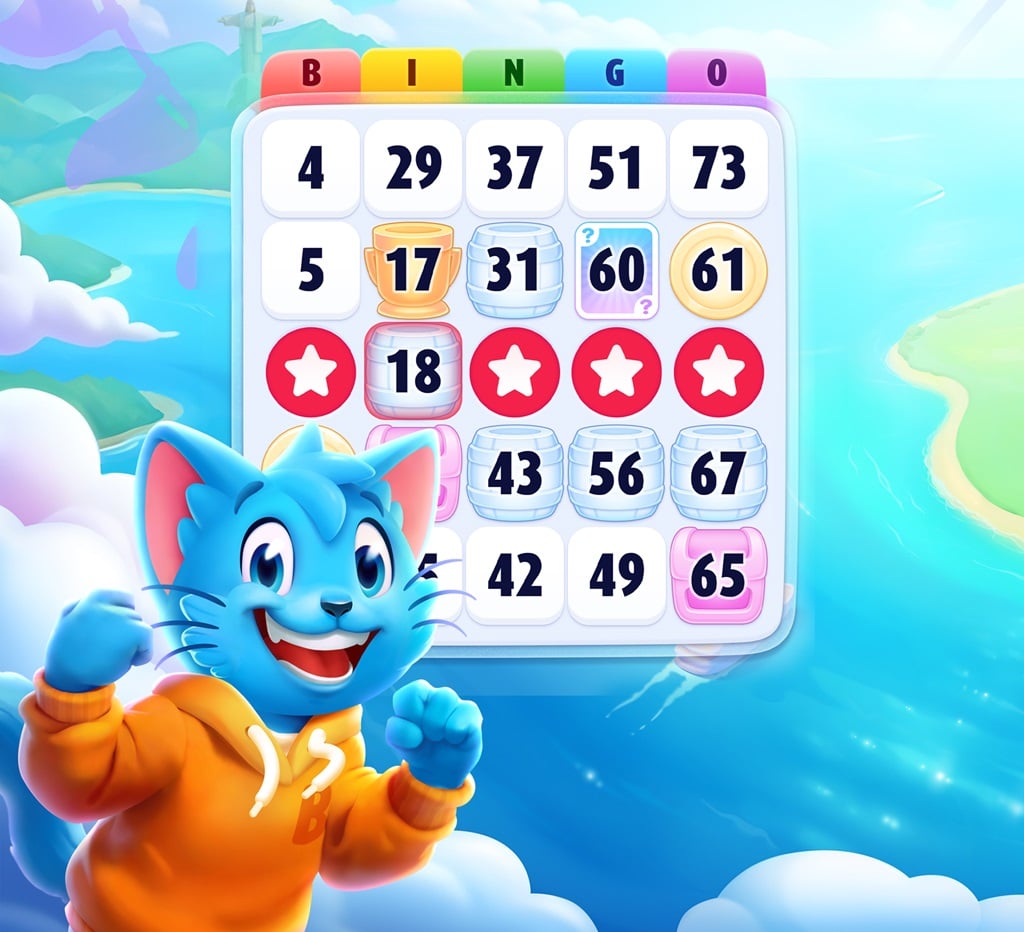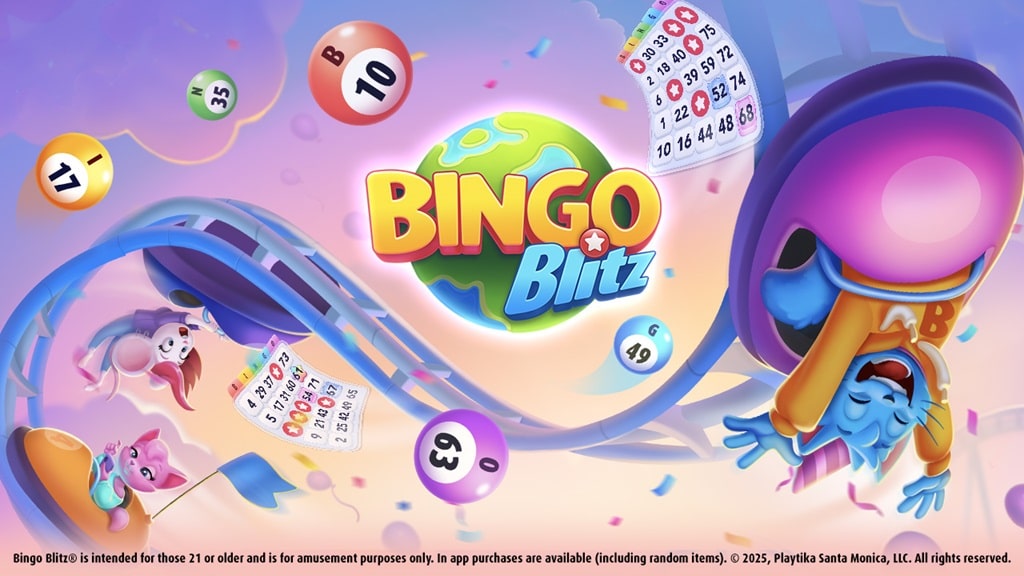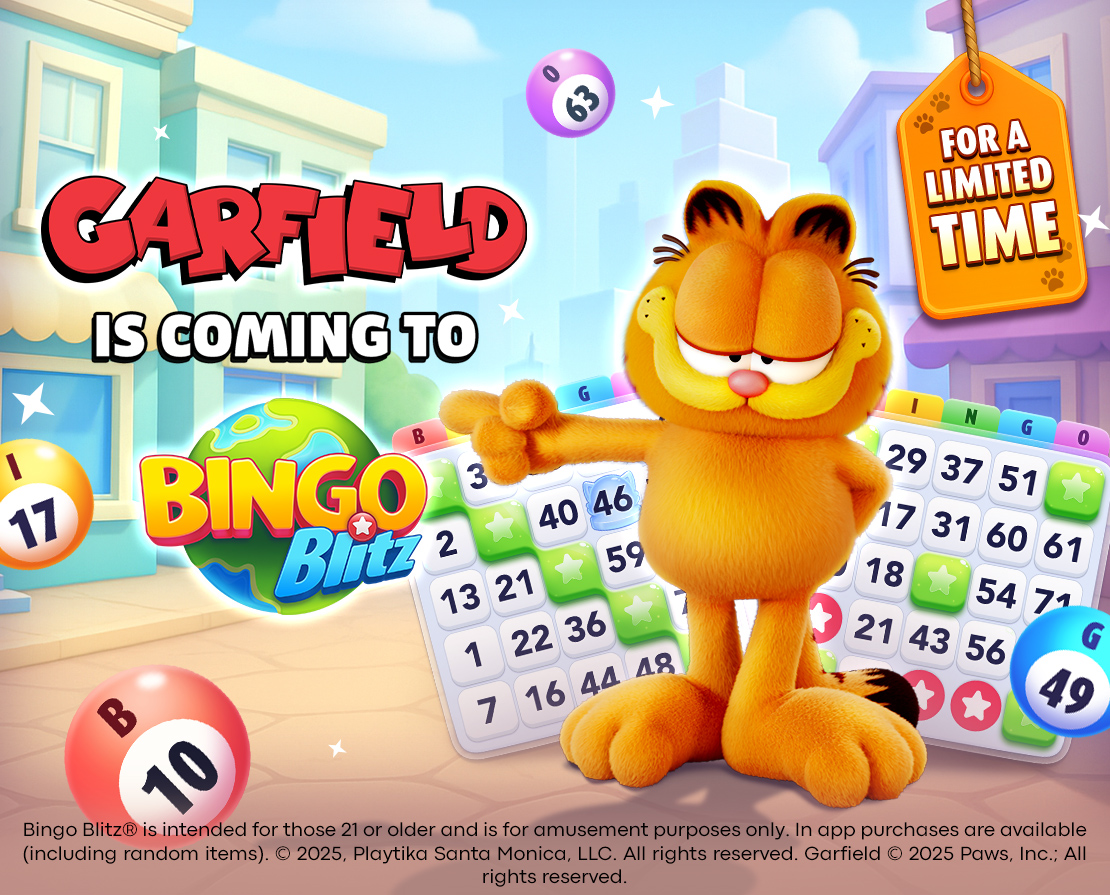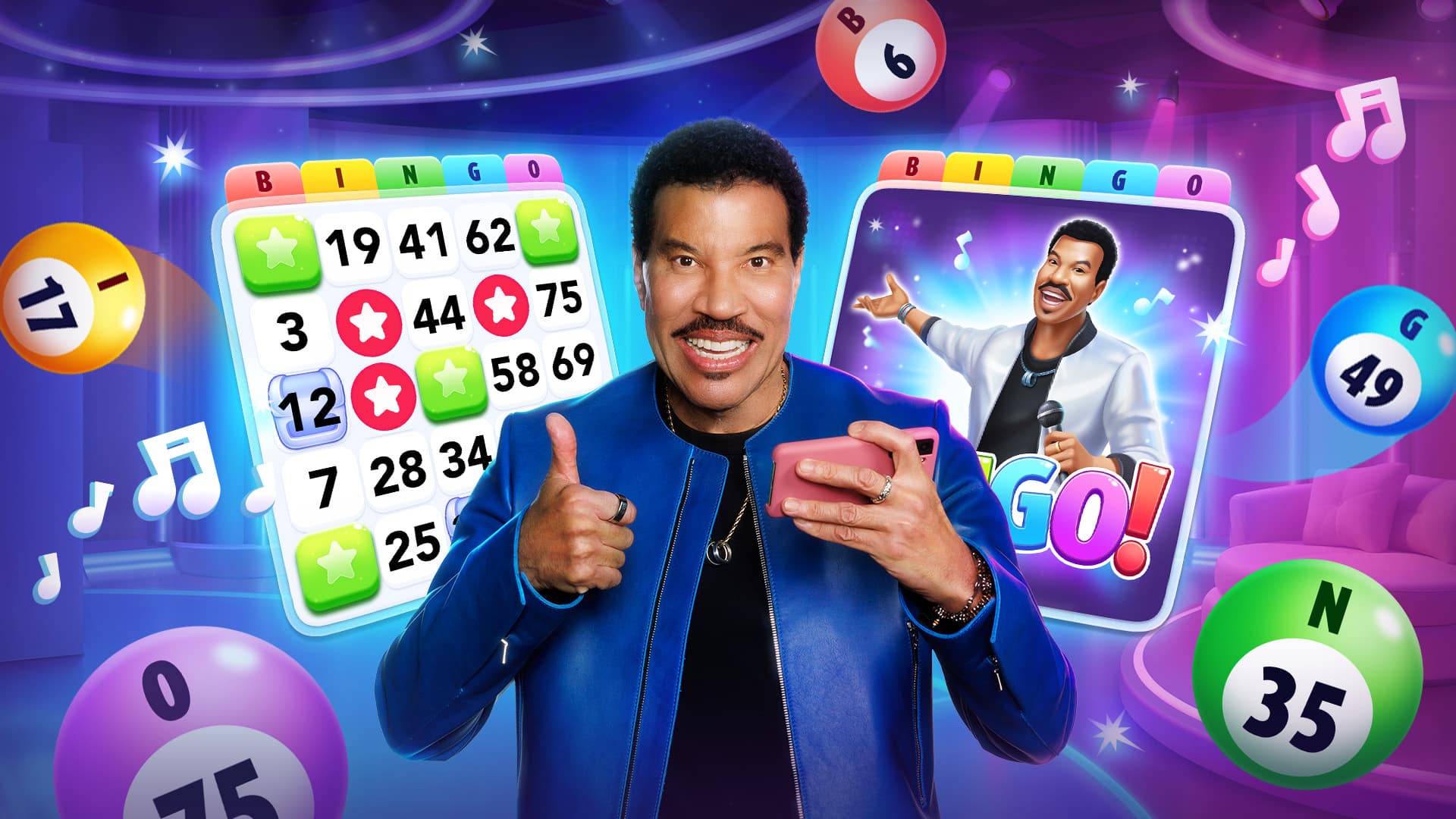29th Sep 2025
Who Invented Bingo? History, Origins, and Fun Facts
Who Invented Bingo?
The modern version of bingo was made popular in the 1920s by Edwin S. Lowe, a toy salesman from New York. During a visit to a carnival, he came across a game called Beano, where players used beans to cover numbers on their cards and shouted “Beano!” when they won.
- One evening, a player excitedly shouted “Bingo!” by mistake.
- Lowe liked the new name and adopted it immediately.
- To keep the game interesting, he collaborated with Carl Leffler, a professor at Columbia University, who developed thousands of unique card combinations.
Lowe’s work turned bingo from a small fairground game into a beloved national pastime.
When and Where Was Bingo Invented?
Bingo’s origins date back long before the 1920s:
- 16th-century Italy: The game began as Il Gioco del Lotto d’Italia, a lottery where players matched numbers drawn each week.
- 18th-century France: The game evolved into Le Lotto, enjoyed by aristocrats for its colorful boards and organized structure.
- 19th-century Germany: Teachers used lotto as an educational tool, helping students learn math, spelling, and history by turning lessons into games.
These early versions spread across Europe and eventually inspired the American version of bingo.
What Was the Original Name of Bingo?
The game has had several names throughout history:
- Italy: Il Gioco del Lotto d’Italia
- France: Le Lotto
- United States: Beano
The name “Bingo” became popular after a carnival player accidentally shouted it, and the name caught on.
How Bingo’s Rules and Formats Became Standardized
Over time, bingo’s rules and card formats became more standardized, helping the game grow in popularity across different regions.
In the United States, the most common version is 75-ball bingo. Players use a 5×5 card, with numbers ranging from 1 to 75, arranged beneath the letters B-I-N-G-O. The center square is usually a “free space.” To win, players complete patterns such as straight lines, diagonals, or a full blackout.
In the United Kingdom and much of Europe, 90-ball bingo is the standard. These cards have three rows and nine columns, with each row containing five numbers and four blank spaces. Winning patterns include completing a single line, two lines, or a “full house” (all numbers on the card).
The development of these formats made bingo more accessible, easier to organize, and ensured consistent gameplay across different venues.
How Bingo Became Popular in America
By the 1930s, bingo had become a major part of American culture.
- Churches and charities organized bingo games to raise funds.
- Simple, family-friendly rules allowed people of all ages to participate.
- Social gatherings made bingo nights popular weekly community events.
For example, in New York, church fundraisers frequently used bingo to support local initiatives, such as building repairs and charitable work. By the middle of the century, bingo halls were common in towns across America, establishing the game as a lasting community tradition.
Bingo’s Popularity and Cultural Impact
Bingo is far more than a simple numbers game – it’s a beloved tradition that brings people together across generations and cultures. From bustling bingo halls to cozy community centers, the game has woven itself into the social fabric of countless regions.
In the United States, bingo nights quickly became weekly highlights in churches, fire halls, and retirement communities. Players often develop their own rituals, from bringing lucky charms to sitting in the same seat each week. For many, winning isn’t just about the prize—it’s about the shared excitement, camaraderie, and the joy of shouting “Bingo!” among friends.
Bingo’s popularity soared in the United Kingdom after the Betting and Gaming Act of 1960 paved the way for dedicated bingo halls. These venues offered more than just games—they became vibrant social hubs where people gathered to celebrate, compete, and connect. The UK even added its own flair, inventing playful “bingo lingo” for number calls and embracing the unique 90-ball format.
Globally, bingo has been embraced and adapted by different cultures. In Australia, it’s affectionately known as “Housie,” while in Germany and France, earlier forms of the game became part of local traditions. No matter where it’s played, bingo is recognized as a tool for building community – used by churches, charities, and social clubs to raise funds and foster togetherness.
Whether it’s a family gathering, a charity fundraiser, or a lively night out, bingo’s enduring appeal lies in its ability to unite people, spark joy, and create lasting memories.
The Digital Transformation of Bingo
- Televised bingo and large-scale halls rose in the 20th century.
- Online bingo platforms made it possible to play anytime, anywhere.
- Mobile apps like Bingo Blitz introduced themed rooms, mini-games, and social features.
Today, a player in London can play alongside someone in Sydney, proving bingo has truly gone global.
Fun Facts, Trivia, and Lesser-Known Highlights About Bingo
- Over 1.5 billion bingo cards are printed each year.
- Some bingo games set world records, hosting tens of thousands of players at once.
- Schools still use bingo-style games to teach math, vocabulary, and languages.
- Online bingo attracts millions of players worldwide.
- Apps like Bingo Blitz keep the tradition alive with exciting twists like power-ups and global-themed boards.
Bingo World Records and Notable Events
- Largest Bingo Game: In 2006, over 70,000 people played bingo together in Bogotá, Colombia, often for charity or celebrations.
- Unusual Venues: Bingo has been played on cruise ships, airplanes, drive-ins, and even underwater at themed events.
- Remarkable Prizes: Prizes have included cars, vacations, livestock, and gold bars.
The Science of Bingo Card Randomization
- Card Combinations: A standard 5×5 bingo card (numbers 1–75) offers over 552 quadrillion unique combinations, making duplicate cards extremely rare.
- Mathematical Precision: Modern bingo cards use advanced algorithms and random number generators for fairness and uniqueness.
- Famous Mathematicians: From Carl Leffler to today’s computer scientists, experts have improved bingo card randomization for both physical and online games.
Bingo in Pop Culture and Media
- On Screen: Bingo often appears in movies and TV shows to represent community or humor, such as in “Better Call Saul,” “The Simpsons,” and “Bingo: The Documentary.”
- Celebrity Fans: Celebrities like Catherine Zeta-Jones and Russell Crowe enjoy playing bingo.
Digital Easter Eggs and Online Bingo Surprises
- Hidden Features: Online bingo sites may offer secret mini-games, special achievements, or themed rooms during events or holidays.
- Record-Setting Online Games: The biggest online bingo game had tens of thousands of players worldwide.
Bingo for a Cause: Charity and Social Impact
- Record-Breaking Fundraisers: Bingo has raised millions for charities and set records for single-night fundraising.
- Community Building: Bingo nights unite diverse groups, support relief efforts, and celebrate culture.
Try Bingo Blitz – A New Spin on a Classic Game
Now that you know the fascinating history of bingo, why not try its latest evolution?
- Explore global destinations through themed bingo rooms.
- Use power-ups and bonuses to boost your chances.
- Connect with millions of players in a vibrant community.
Whether you’re new to bingo or a lifelong fan, Bingo Blitz brings a modern spin to a timeless classic.
Learn more: How to play bingo? | How to win bingo?
